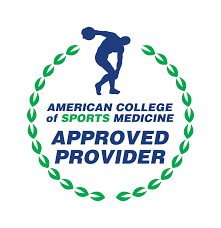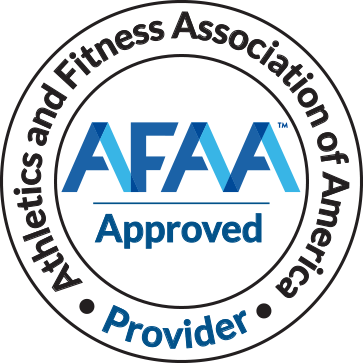As we age, staying fit and active becomes increasingly important for maintaining good health. This is especially true for individuals with heart conditions, as exercise can help improve cardiovascular health and reduce the risk of further complications.
However, the presence of a heart condition — and sometimes even lifestyle factors that can lead to a heart condition — must be taken into consideration when developing a program for a client.
Fitness professionals play a crucial role in helping older clients with heart conditions achieve their fitness goals, but it’s important to understand their unique needs and limitations.
Always remember that safety is the order of the day!
Understanding the Needs of Older Clients with Heart Conditions
Older adults often face physical limitations that can make working out more challenging. Some may have joint pain or mobility issues that limit their range of motion, while others may struggle with balance or coordination. When designing exercise programs for older clients with heart conditions, personal trainers must take these factors into consideration.
It’s also important to recognize that older adults may have unique needs when it comes to exercise.
For example, some may need longer warm-up and cool-down periods to prevent injury or overexertion. Low-intensity exercises like walking or swimming are often a good starting point, as they are less strenuous on the body than high-impact activities like running or jumping.
It can be challenging to keep the workouts engaging yet still safe for your clients to execute on. Just remember that going a little slower and more carefully with this population is crucial.
Adapting Your Programming
One of the most important aspects of fitness for adults with heart conditions is cardiovascular fitness. There are many ways to achieve this, but for the most part, you want to ensure that your clients are exercising in a safe and effective manner.
One great way to check their progress and keep them in between the lines is to use a device like a heart rate monitor to see in real time what’s going on. It’s important to have some way of checking their heart rate during physical activity to ensure this isn’t pushed too hard.
Resistance training is another important component of any fitness program for older adults with heart conditions. It helps build strength and improve bone density, which can reduce the risk of falls and fractures.
Over 50% of people who have had a cardiac event and are in need of cardiac rehabilitation are over 65. The NIH has found that resistance training is effective during recovery at lowering blood pressure as well.
When designing resistance training routines for older clients with heart conditions, personal trainers should focus on exercises that target major muscle groups without putting too much stress on the joints and being very careful with form.
Working Closely With Healthcare Professionals
Personal trainers who work with older clients with heart conditions should always collaborate closely with healthcare professionals like doctors and physical therapists. These professionals can provide valuable insights into their patients’ medical histories and help identify any potential risks or contraindications related to exercise.
If possible, personal trainers should monitor vital signs like blood pressure and heart rate to ensure that their clients are not pushing themselves too hard. If any concerns arise during a workout session, they should stop immediately and seek medical attention. This is no joking matter.
Providing Emotional Support
Finally, it’s important for personal trainers to provide emotional support to their clients throughout the fitness journey. Older adults may feel discouraged by physical limitations or frustrated by slow progress towards their goals. Creating a supportive and positive environment can go a long way towards keeping them motivated and engaged in their workouts.
Personal trainers who work with older clients with heart conditions must be willing to adapt their approach to meet the unique needs of this population. By understanding physical limitations, adapting workout routines accordingly, collaborating closely with healthcare professionals, and providing emotional support along the way – personal trainers can help older adults stay healthy, active, and engaged in life!
If you would like to know more about training senior adults with heart conditions, check out this CEU course today: Training the Aging Heart with Safety and Confidence!







